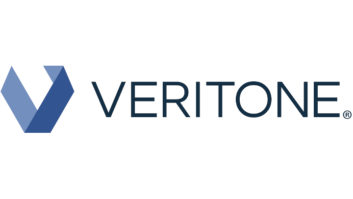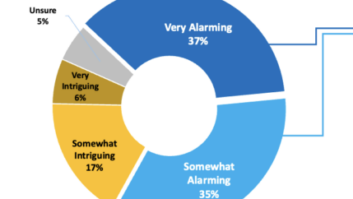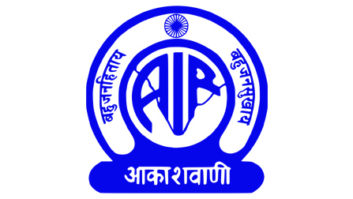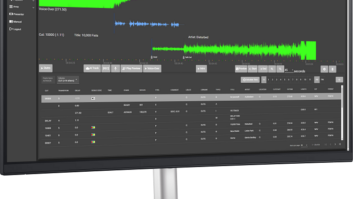
Veritone has been promoting its aiWARE AI operating system as a tool for analyzing large amounts of complex data, work that would be near impossible for humans. As reported in Radio World last month, the company announced agreements with Beasley Media Group, Reach Media and the Tom Joyner Network, Townsquare Media along with Results Radio. An existing license agreement with Hubbard Radio was also renewed.
Now Veritone appears to have kicked it up a notch by making the AI process faster, to the point of real-time analysis. For media work, that means things like immediate closed captioning of media on radio, TV and social media are now possible.
[Read: Veritone Announces Agreements With Broadcasters for Audio Analytics]
The economic implications of this new technology are sizable. According to Gartner, in 2021, AI augmented services and applications will generate $2.9 trillion in business value and recover 6.2 billion hours of worker productivity.
“As more customers deploy and expand their use of artificial intelligence, we are increasingly seeing use cases where the speed of cognition is equally as important as accuracy and cost,” said Hong Bui, senior vice president and chief product officer at Veritone. “As a result of this upgrade, we’re now able to deliver transcription results within seconds, with best-in-class accuracy and pricing, and we believe that subsecond results will be possible in some other cognitive classes. The applications of aiWARE are limited only by our customers’ imaginations, as we continue to expand the real-time cognitive capabilities of aiWARE.”
This technology can also have powerful implications for law enforcement, as Mike James, executive director at the Integrated Law and Justice Agency of Orange County explains. “If AI can help us make a decision in a matter of seconds, we will have a powerful tool to help prevent worst-case-scenarios. For example, surveillance cameras near a school could capture faces and license plates of persons approaching the school, and recognition engines could match them in real-time against a database of potential offenders deemed at risk to be school shooters.”












